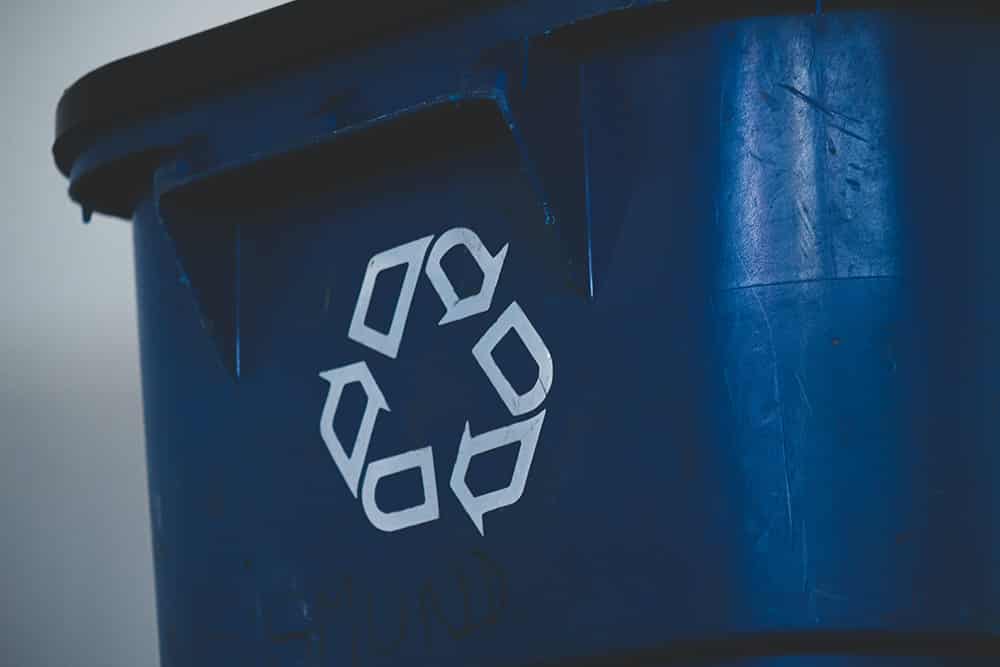Polyethylene Terephthalate (PET) Packaging
PET packaging, often also called PETE packaging, is essentially what we also refer to as polyester. Although we might usually associate that material with clothing, it is also a strong but lightweight plastic recyclable packaging for food and the chances are you have some of it in your home right now.
You will most often find it in drinks bottles, with most of your favourite carbonated soft drinks coming in containers made from PET packaging. Many takeaways use PET packaging for carrying food, with the added advantage being that certain grades of it can be safely heated in the microwave, for those customers who love to feast on leftovers the next day.
PET has been rigorously tested to prove that it does not react to food or infuse it with any chemicals that might cause illness. It is strong and shatter-resistant, which makes it perfect for transporting food and drinks around. It is also fully recyclable, where it either gets melted down and reformed into new products, or broken down into its constituent parts.
Just over half the PET used in Europe is recycled currently, but the EU has targeted a figure of 90% before 2029. As we as a society become better acquainted with recycling and the importance of reusing our resources, that goal should be achievable in the timeframe.
Polystyrene (PS) Food Packaging
Polystyrene, often referred to as PS, is used in making takeaway trays, hot drink cups and other similar products. The question of whether it fits into the category of recyclable food packaging is not completely clear, however.
Unfortunately, most local authorities in the UK do not recycle expanded polystyrene, which is the type that you most often find in food and drink packaging. However, there is a growing number of commercial businesses who are actively seeking out PS food packaging to recycle using their specialist methods.
You will most likely be able to find a commercial polystyrene recycling firm in your local area.
Polypropylene (PP) Food Packaging
One of the main alternatives to polystyrene is polypropylene food packaging. It is created using carbon and hydrogen and can be produced without creating any dangerous emissions into the atmosphere. It is also 100% recyclable, which makes it a particularly green food packing option.
PP recyclable packaging for food is stiff, but not brittle, making it ideal for food packaging. You can produce it to be translucent, opaque or in a range of different colours, adding to its versatility. PP is often used for creating yogurt pots, cutlery, cups and general packaging for warm food and drink.
PP is not only recyclable, but it is also 100% natural, so it will not add to the world’ pollution if it does happen to end up in an incinerator.
FSC Board
FSC board is food packaging that is produced using paper that has been responsibly sourced. FSC stands for the Forest Stewardship Council, which is an independent, non-governmental organisation that oversees and promotes responsible management of forests and woodland.
The FSC gives its accreditation to paper and wood derived from sources that are proven to be grown and harvested in a manner that promotes sustainability. Much FSC board is recyclable, but that is not a prerequisite of earning the FSC mark.
Even if you use FSC board that is non-recyclable, you can be sure that you are still supporting an environmentally friendly method of manufacturing food packaging.
Want Recyclable Packing for Food?
We provide many different types of environmentally friendly food packaging. Whether it is biodegradable, compostable, recyclable, sustainably sourced or a combination of the four, we endeavour to help the food industry look after the planet and reduce landfill. Visit our online shop today.


